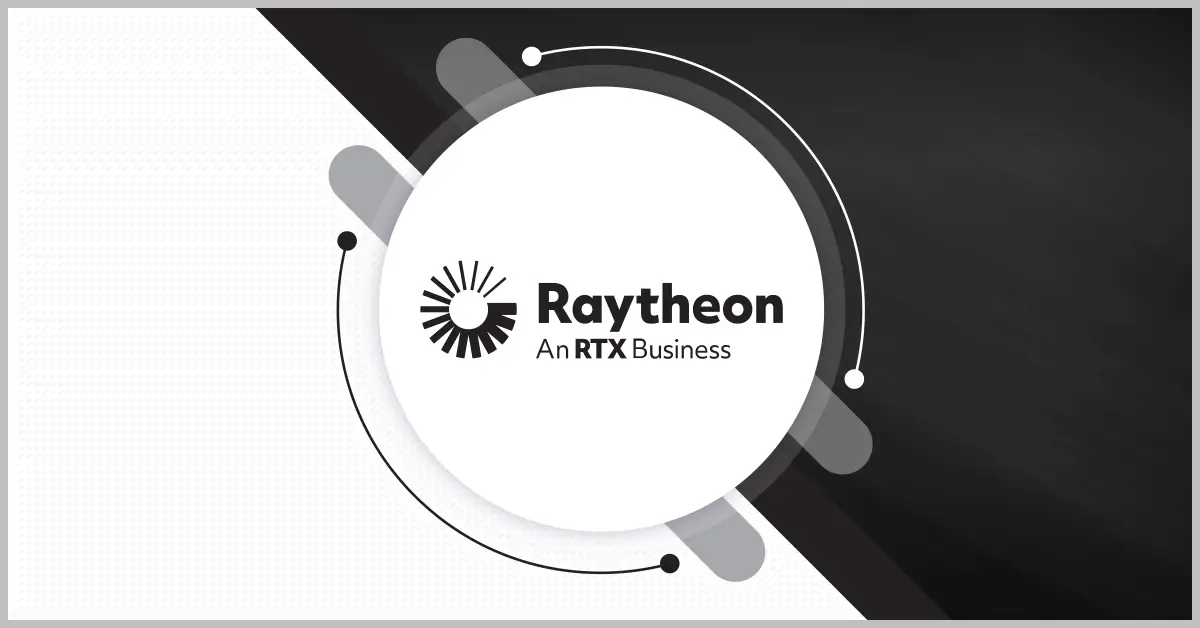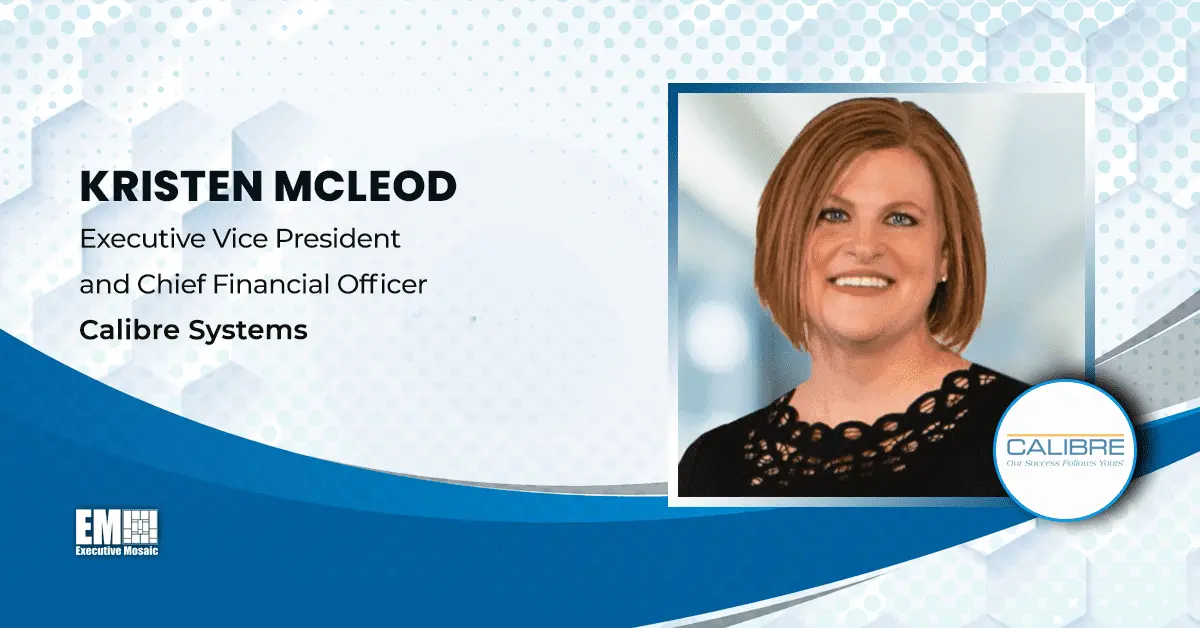Cloud technology has transformed the public sector over the last decade, but some key barriers to effectively adopting and implementing cloud environments still remain. Executive Mosaic spoke with Euna Solutions CEO Tom Amburgey to learn more about how cloud has already changed the way the government operates and what’s next on the cloud horizon.
In May, Euna Solutions rebranded from GTY Technology, marking the company’s expansion into the public sector cloud-based services market. Amburgey, who joined Euna Solutions as CEO in July, gave us an update on the transition and shared his thoughts on how the rebrand has strengthened the company’s offerings to key customers.
Tom, Euna Solutions rebranded from GTY Technology earlier this year. What has changed, and what does this rebrand mean for Euna?
The public sector and the workforce that powers it have evolved in the last few years, and we’ve noticed that our customers are asking for more from us as they continue to modernize their infrastructure and digitize their processes and services. In 2016, Euna Solutions — formerly GTY Technology — was established as a special purpose acquisition company and brought together best-of-breed, purpose-built solutions for the industry. The challenge while operating as eight separate business brands was that our customers were very familiar with the solution they used, but didn’t realize our company had a diverse set of solutions that could be used to support their other challenges. By bringing the multiple brands together under the new Euna Solutions brand, we are in a better position to build awareness in the market and continue to help our customers, while offering them even more. Now prospective customers and the market as a whole can more easily associate and understand the full value and scope that Euna Solutions can bring to their organization.
How will Euna Solutions better help city and county governments?
With a focus on equitable access for all stakeholders, public sector leaders are prioritizing connectivity and operational efficiency across their organizations. At the same time, they are required to ensure transparency, compliance and security. To achieve these goals, we’re seeing trends emerge as part of the agency’s digital transformation, including interoperability, modularity and orchestration. Now that we’ve brought together our products under the Euna Solutions brand, we can work cross-functionally to support these emerging trends and share our in-house expertise across product lines to address the key public sector challenges for its critical administrative functions and financial operations.
I know Euna provides cloud-based solutions that power critical administrative functions and financial operations in the public sector. How do you see cloud computing accelerating modernization and digital transformation initiatives in the government space?
At a high level, we can argue that many governments aim to ensure positive citizen outcomes while also focusing on supporting and attracting the workforce. We know that modernization and digital transformation efforts are taking precedence. So the real question here is: ‘What impact will cloud-computing have on an organization once it is implemented as part of the digital transformation initiative?’ As a technology service provider, this is where I experience the joy in what we do.
Cloud-computing technology in the public sector is used to centralize data and reporting, streamline workflows, offer accessibility and generate a level of collaboration among stakeholders that wasn’t possible before. As cloud-computing is integrated, the public sector workforce can begin to focus on strategic priorities for their organization, generate results and create positive outcomes for their citizens. Consider this: a budget manager can spend less time coordinating spreadsheets and entering (and re-entering) data, and more time working with partners, elected officials and communities to refine the budget to ensure funds are allocated to address projects around high-impact areas of focus, like homelessness or road infrastructure. This is how cloud-computing can support the idea of ensuring positive citizen outcomes.
When we look at supporting the workforce and attracting talent: by embracing the cloud, government employees can access and work with data, applications and resources remotely, while agencies can demonstrate a commitment to innovation. This, in turn, can help attract talent to the public sector as these elements appeal to new graduates who seek dynamic and impactful work environments.
Additionally, the cloud addresses the skills gap for those experiencing a transitioning workforce by offering tools to simplify day-to-day workflows. Cloud-based solutions offer functionality that automates certain tasks like building pivot tables in spreadsheets, reducing the need for expertise in these areas. This allows job requirements to focus more on soft skills like strategic thinking and problem-solving, which may be more attractive attributes for new graduates and easier to fulfill.
Lastly, cloud-computing can mitigate the risk of losing tribal knowledge during workforce transitions by centralizing information and fostering collaboration among employees. With cloud-based systems, crucial institutional knowledge can be documented, accessed and passed on more effectively.
What are some of the key barriers that remain in widespread cloud migration in the public sector, and how do you think we can overcome them?
Two key barriers of cloud migration for the public sector are a fear of the unknown and a lack of education. Cloud migration and digital transformation are new and unfamiliar to traditional government workers, and articles like this are vital resources in educating people on the safety, security and ease of access for cloud services. When cloud-based solutions first entered the public sector, 20 odd years ago, there were concerns about security and data privacy and many IT groups informed staff to not use cloud-based systems. Fast forward to today, many public sector IT departments actually understand and are comfortable with the idea of cloud-based solutions, but the fear that was instilled in staff has cascaded through the workforce and continues to influence their perspectives.
These challenges can be overcome by leveraging partnerships with organizations like Amazon Web Services and Microsoft Azure to educate workers. For example, AWS hosts an annual GovTech conference where they show attendees the accessibility, security and functionality of cloud-based tools. Joining conversations with service providers who provide cloud-based systems or tools can also help inform, educate and provide clarity on best-practices and security for cloud-based solutions.
And finally, when we speak of educating the market, one specific feature that is helpful to look for is if the service provider of cloud-based solutions offers SOC 2 compliance. A SOC 2 Type 2 Report is a Service Organization Control audit on how a cloud-based service provider handles sensitive information. It covers both the suitability of a company’s controls and its operating effectiveness. If a SaaS service provider is offering this level of protection for their customers, it is a strong sign that they have taken the appropriate precautions to protect data through best-practices.






